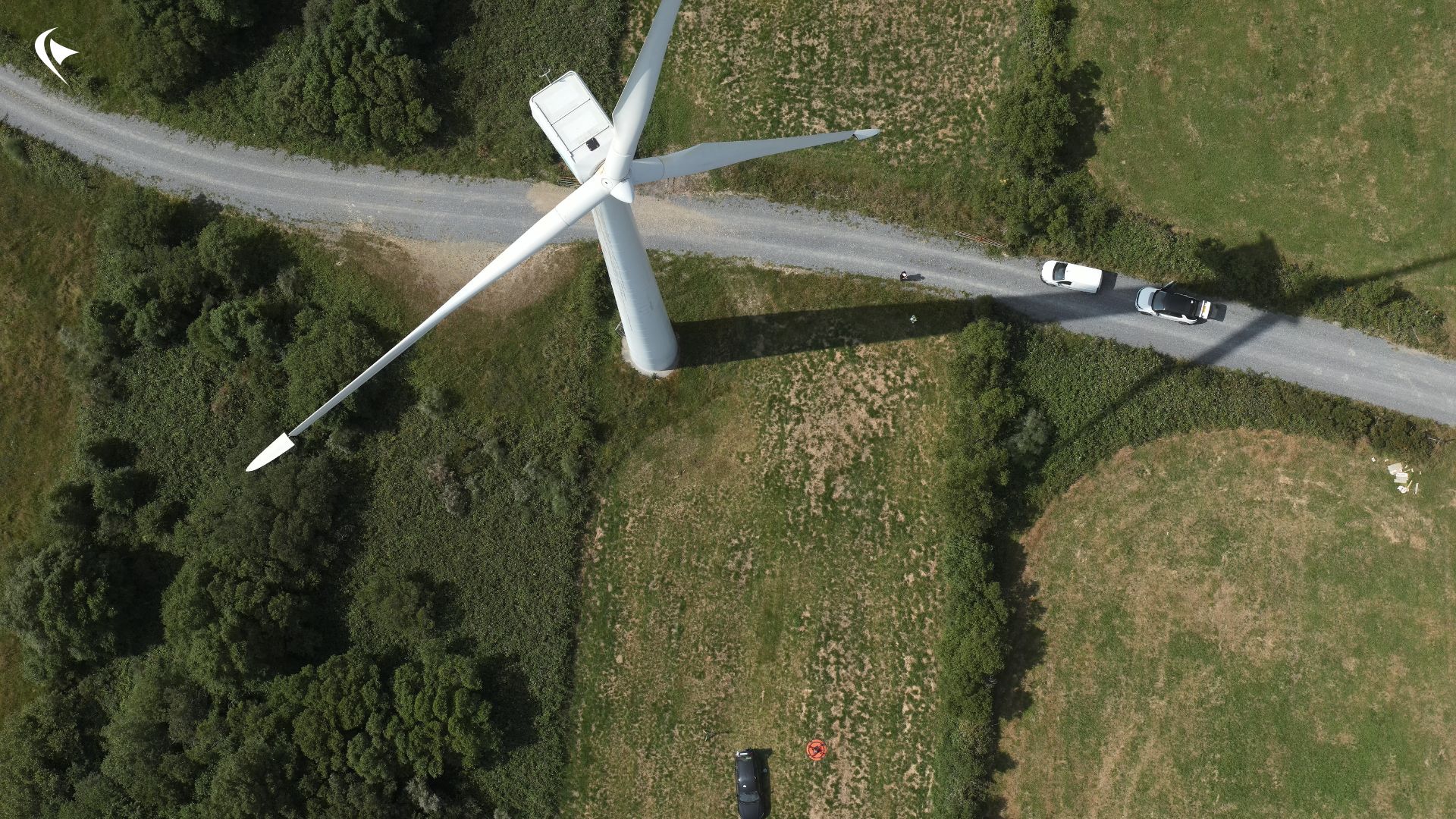🚁💼💰 Mastering Operations Costing for Drone Inspections 💰💼🚁
Planning drone inspections efficiently is key to success! Our Operations and Customer Success teams are here to support you from onsite inspections planning to calculating deployment costs for your projects. These costs will then need to be communicated to your clients with a margin so business makes sense for both sides.
However, the deployment costing depends on multiple parameters that, as an Independent Service Provider, you need to be mindful of if you want to be competitive and profitable at the same time.
Here are some crucial tips for calculating operations costs:
1️⃣ Number of Inspections: Determine the total number of inspections required. This sets the foundation for your cost estimation. The wind turbine models to be inspected play a crucial role as bigger models take more time to inspect. The first step is to calculate how many you can inspect per day, given the weather is nice and the ATs onsite are helpful. Which brings us to…
2️⃣ Inspection Days: Estimate the duration of each inspection. This impacts accommodation, subsistence, and possibly pilot fees.
3️⃣ Number of Pilots needed: Assess the number of skilled pilots necessary for smooth operations and their daily rates. Don’t underestimate this; skilled personnel are invaluable.
4️⃣Number of Deployments: Calculate how many times you need to deploy for inspections. Each deployment might incur different costs even though you might be inspecting within the same area but separate wind farms.
5️⃣ Travel Days per deployment: Factor in the number of days needed for travelling to and from the inspection site. Time is money!
⛽ Truck rental & Fuel cost: Consider expenses for renting trucks to transport equipment and fuel costs for vehicles.
🛣️ Other Travel Costs: Miscellaneous travel expenses like tolls, parking fees, etc., add up. Don’t overlook them.
🏨 Accommodation: Calculate accommodation costs for the duration of your deployments. Prioritise comfortable yet cost-effective options.
🍽️ Subsistence: Account for meals and other daily expenses during deployments. These costs accumulate quickly.
🔋 Drone transportation and fees: Include expenses for drone transport and customs fees. Having a valid carnet for your drone is essential for being able to quickly perform operations overseas.
💸 Total per inspection: Sum up all the above costs to get the total expenditure per inspection.
🚨 Standby Rate: In case of delays or unexpected downtime, have a standby rate to cover additional costs. This will be an ad hoc expense added to your total per inspection, per day.
🔄 Additional MOB/DEMOB Cost: Allocate funds for extra mobilisation/demobilisation days, as unforeseen circumstances may require additional time. Sudden changes in weather conditions can greatly affect these additional costs and being prepared is key. Make sure to communicate it clearly in your proposal.
Mastering operations costing for drone inspections ensures accurate budgeting and smooth operations. Remember, thorough planning leads to successful execution! 🎯
